

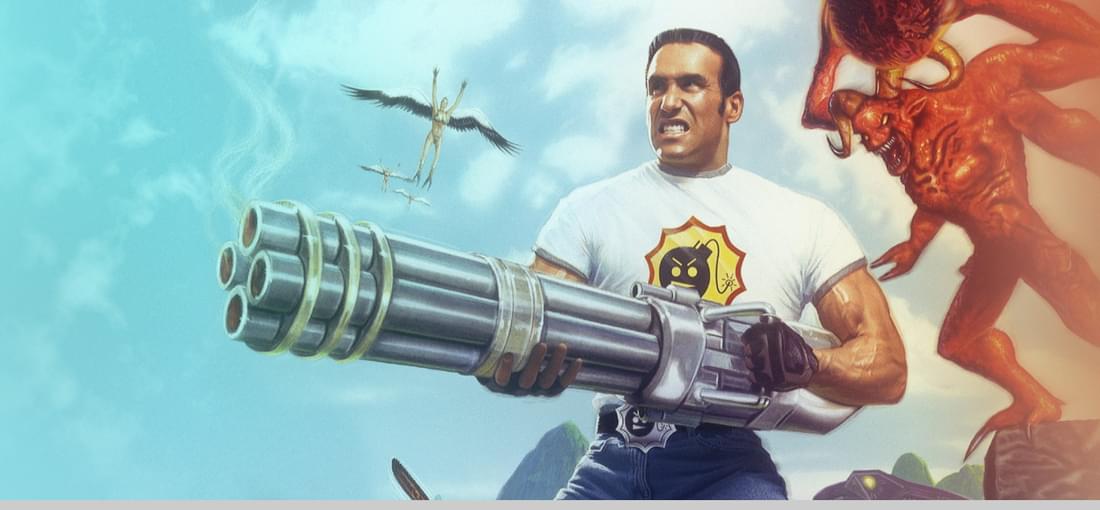
Serious Sam: The Second Encounter sharpens and amplifies the zany brilliance of its predecessor with an irresistible flair. The game’s levels are far more varied—ranging from sun‑baked desert ruins to alien-infested temples—providing a kaleidoscopic playground for pure, unadulterated chaos. The arsenal here is a carnival of destruction. Flamethrower, Sniper Rifle, Grenade Launchers, and the sheer madness of the cannon showcase an array that eclipses the original. Every weapon feels distinct, devastating, and exquisitely fun—an over-the-top complement to the pandemonium at hand. This is a FPS built with a grin. Outlandish dialogue, absurd enemy rosters (headless kamikaze Kamikazis, relentless Reptiloids), and flamboyant set pieces make it silly, earnest, and irresistible. The exhilaration of bullet‑sponge alien hoards swarming you teaches reflexes like no modern shooter. Where contemporary titles often hide behind complexity, Serious Sam challenges you head-on, making each firefight feel like a real test of skill and speed. There’s something deeply sweet about returning to a game that defined youthful afternoons. Serious Sam: The Second Encounter doesn’t merely evoke nostalgia—it revitalizes it. Even today, it surpasses many recent shooters by leaning into raw spectacle, humor, and fast‑and‑furious pacing. Some encounters can feel repetitive, and the absence of narrative depth means there's little beyond rampaging mayhem. Yet, those who play for gameplay—pure, frenetic, larcenous gameplay—will hardly mind. Serious Sam: The Second Encounter is a triumph of unapologetic mayhem. Richly varied levels, riotous weaponry, and a playful spirit make it an unforgettable FPS. It may not redefine the genre, but it well and truly masterfully perfects a facet often neglected in modern shooters: pure, frenetic joy. If you crave a nostalgic rush with outrageous action, this is a game that stands tall—then blows your head off in the most gloriously ridiculous way.
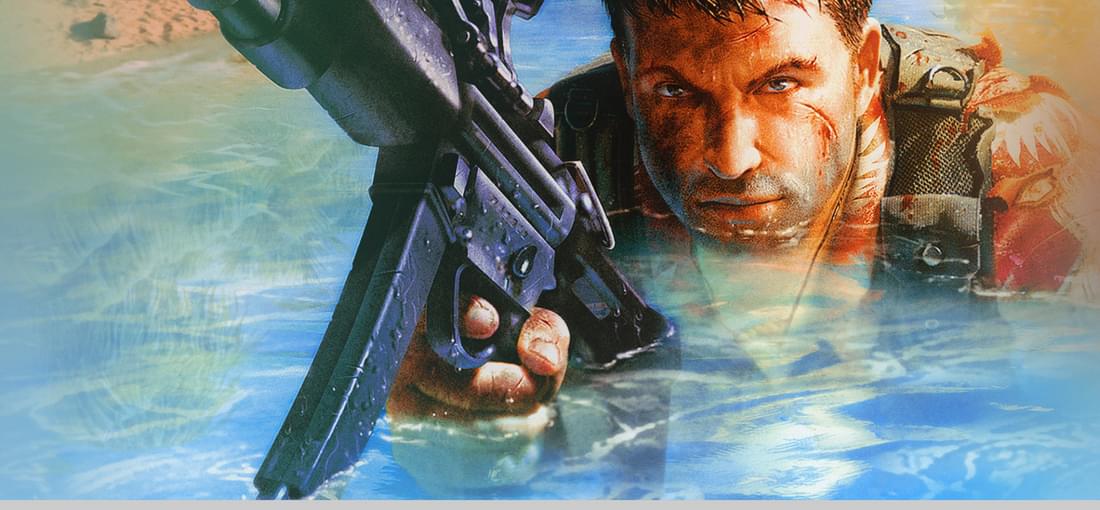
Far Cry remains a technical marvel of its era. Its lush, expansive tropical environments and cutting-edge physics were nothing short of revolutionary at the time. Even now, the visual fidelity and environmental interaction evoke a sense of awe in retrospect. The graphics were groundbreaking: expansive vistas, detailed foliage, dynamic water surfaces, and sun-drenched cliffs—all executed with remarkable artistry and technical finesse. Physics interactions—like destructible barriers, vehicles tumbling realistically, and reactive environmental elements—felt remarkably immersive, raising the bar for first-person shooters of its generation. The gameplay retains a solid core: stealth, exploration, and assorted tactical approaches keep engagement high, even though arenas themselves feel more linear than the open-world freedom of later Far Cry titles. Still, the pacing and mission design convincingly serve the narrative and level variety. Dated enemy AI betrays the game's age: adversaries often rely on hitscanning and seem to detect the player through walls—limitations which, though defensible at release, now jar the immersive experience. The narrative leans heavily on genre clichés: a madman on an island, an amnesiac operative, a pet gorilla—it's entertainingly familiar, but lacks nuance or originality. Still, the plot provides enough motivation to push forward. Far Cry is far from flawless—and indeed, its aging mechanics and clichés diminish its modern-day immersion. Yet, it remains a solid historical marker of what was possible in early 2000s FPS design. Its graphical ambition and physics systems make it a worthwhile, if occasionally uneven, journey. For enthusiasts interested in the evolution of the genre, Far Cry is undoubtedly still worthy of play, as a foundational and influential experience in the history of shooters.

There are games you remember, and then there are games that shape you. Dungeon Siege belongs to the latter category. It was one of the first RPGs I ever played, and to this day, the memories of trekking through the dark forests of Ehb, battling krug warbands, and descending into the ancient caverns still echo vividly in my mind. ✅ Seamless, Massive World No loading screens. Let that sink in. In an era of frequent interruptions, Dungeon Siege let you explore an enormous world in one fluid journey—whether you were trudging through snow-covered mountains, haunted swamps, or burning deserts. That immersion was unheard of back then. ✅ Party-Based Combat Done Right Unlike the lone-hero formula of many action RPGs, Dungeon Siege introduced a full party system where you could build a team of fighters, archers, mages, and pack mules. Watching your group level up in real time, each member developing their own specialty, felt incredibly dynamic and alive. It made you feel like a commander, not just a wanderer or an immortal hero. ✅ Skill-Driven Progression No classes—just what you used. Cast more spells, become a better mage. Swing swords, become a fighter. It was simple, elegant, and intuitive. That freedom made each character’s journey feel organic and personal. ✅ Enemy and Environment Variety From sci-fi mechanical horrors in goblin factories to undead hordes in crypts, the sheer range of enemies kept combat fresh. Every biome brought new challenges and visual splendor. Few games managed to blend high fantasy with such diversity so smoothly. ✅ An Unforgettable Soundtrack by Jeremy Soule Jeremy Soule’s work here—before Morrowind, Oblivion, or Skyrim—is nothing short of hauntingly beautiful. His compositions elevated the atmosphere. The music felt like a voice in the wind, carrying both melancholy and wonder. Even now, I can close my eyes and hear those distant chords that accompanied my squad when I arrived in Fortress Kroth.
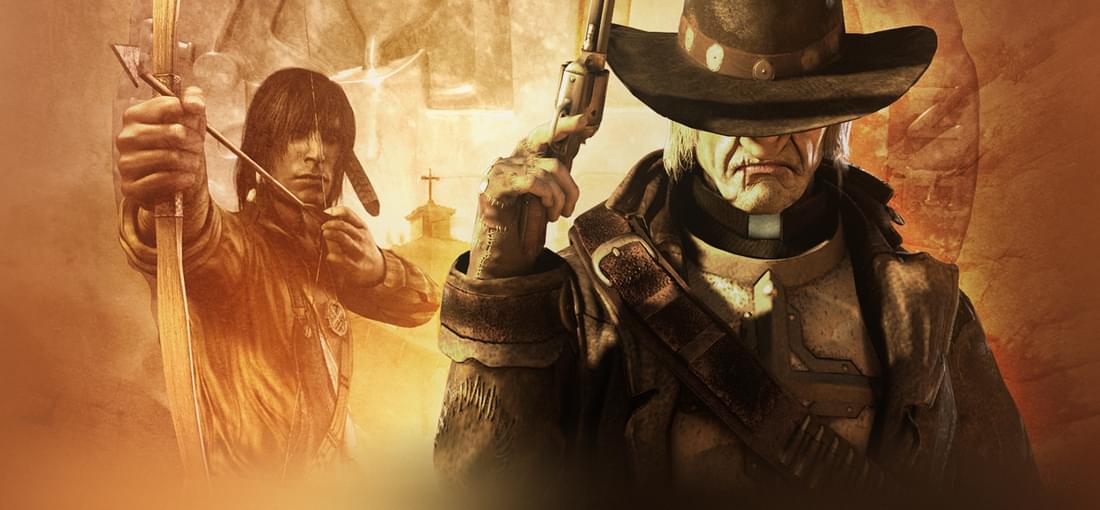
Strengths Rich Western Atmosphere Call of Juarez delivers a raw and immersive Wild West setting—dusty frontier towns, hauntingly sparse landscapes, and an authentic barrelled soundtrack evoke a setting drenched in gritty realism. Dual-Character Dynamics The game’s split perspective is its standout innovation. As the hardened priest, you’re unleashed in full-throttle shootouts—cowboy badassery in its purest form. By contrast, playing as the young, nimble hero shifts the tone entirely: stealth, climbing, and careful positioning dominate—offering a refreshing variation in pace and technique. Weaknesses Aging Mechanics and Presentation Time has not been kind. The graphics and animations retain their period flair, but feel dated—often awkward or jarring. Movement and gunplay can feel clunky; precision is occasionally elusive, and the lack of polish makes some confrontations more annoying than exhilarating. Gameplay Frustrations Certain stealth sections can drag, and imprecise controls exacerbate the tension—sometimes to the point of frustration. A misstep, a delayed response, or a stiff reload animation can mean repeated retries in what should feel like fluid narrative progression. Final Thoughts As a genre piece, Call of Juarez still captures the mythos of the frontier, and its dual-character structure offers enjoyable variety. But its aging engine—clunky controls, dated animatics, and less-forgiving gameplay—highlight its age. If you prize atmospheric storytelling and stylistic contrast, there's merit here. But if you’re drawn to tight mechanics and modern finesse, some of the game's cracks may feel hard to overlook.
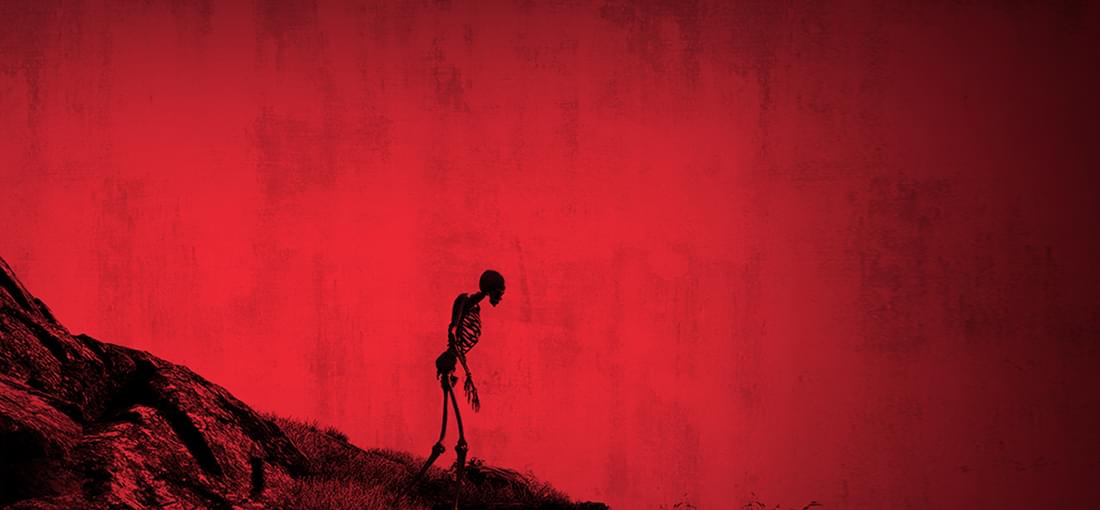
A short but atmospheric first-person shooter with a unique historical twist. Highly recommended if you’re looking for something original and immersive. Pros: 🟩 Effective wind and environmental effects that enhance immersion 🟩 A mysterious, engaging plot rooted in historical settings 🟩 Unique Silent Hill–style otherworld mechanic that reshapes familiar areas and enemies 🟩 Authentic period weapons and atmosphere Cons: 🔴 Enemy AI can be frustratingly basic 🔴 Some repetitive gameplay elements, though the 5–6 hour length keeps it from feeling tedious 🔴 No character voice acting, which can lessen immersion Overall, Betrayer offers a distinct experience that stands out among FPS titles, so I can recommend it without hesitation.
Strengths Originality and Ambition At its release, Assassin’s Creed stood out for its daring narrative architecture: an interplay of historical Crusader‑era Middle East landscapes with a subtle but compelling sci‑fi underpinning via Abstergo’s Animus device. This duality between past and future lent the game a distinctive gravitas, setting it apart from contemporaries in the stealth‑action genre. Historical Atmosphere The game's representation of Medieval Jerusalem, Acre, and Damascus felt surprisingly immersive. Architectural details, ambient crowds, and period‑appropriate motifs combined to evoke a believable world that transported the player back to the Third Crusade. Weaknesses Fragmented Open World One of the more jarring aspects is how “open” the world feels when overhead transitions—loading screens—routinely break immersion. Far from the seamless cityscape promised, the segmented loading boundaries pull you out of the narrative flow and serve as unwelcome reminders of technical constraints. Repetitive Structure The core loop—assassination missions, eavesdropping, tailing targets—over time becomes formulaic. Though mechanically competent, the gameplay lacks variety, and the stamina drain becomes noticeable unless you’re particularly enraptured by the setting. In later entries, Ubisoft judiciously diversified objectives, injected side‑activities, and refined pacing—elements missing here, making this early offering feel raw and earnest rather than polished. Final Thoughts As a foundational entry, Assassin’s Creed is commendable for its bold conceptual framework and period authenticity. It clearly laid the groundwork for something greater. Yet, its rough edges—most notably the stuttering world transitions and mission monotony—diminish enjoyment and limit replay value.
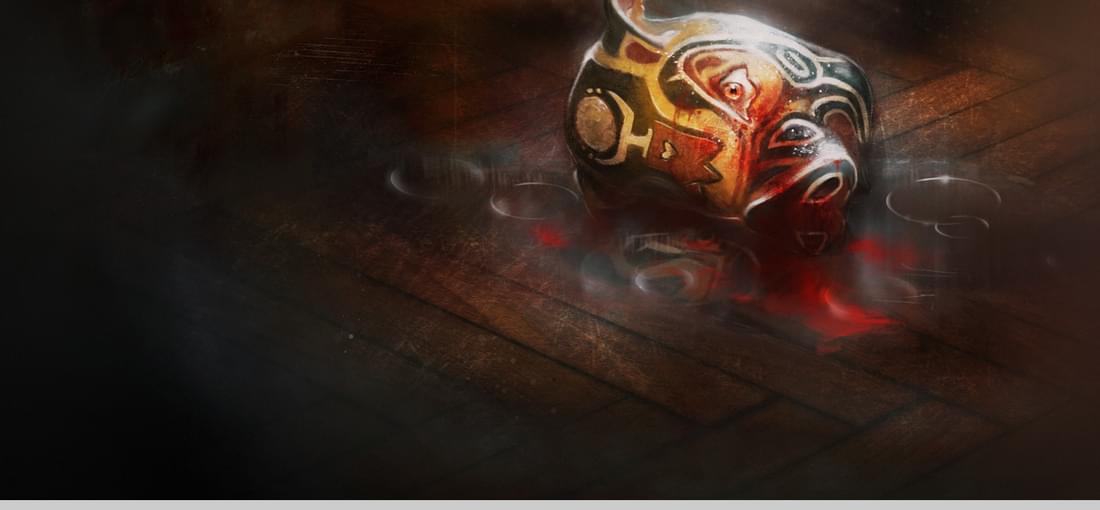
The setting—London, 1899—is fascinating, the atmosphere oppressive, and the soundtrack haunting and immersive. The story is told through notes, flashbacks, and cryptic phone calls, and the audio design is easily the strongest part of the game: eerie, immersive, and incredibly well done. Unfortunately, the gameplay feels overly simplified compared to The Dark Descent. There's no inventory, the lantern never runs out of power, health regenerates automatically, and there's no support for custom stories. The interactivity is minimal, the structure is extremely linear, and much of the survival horror tension is lost. Enemy AI is also fairly weak and underwhelming. It takes about 4–5 hours to finish, and while it's not a bad experience, it leaves you feeling like more could have been done—especially in terms of tension and gameplay depth. It’s more of a narrative-driven horror walk than a true survival horror title. Recommended only if it’s on sale and you don’t expect something on the level of the original. An interesting experience, but clearly a step down.
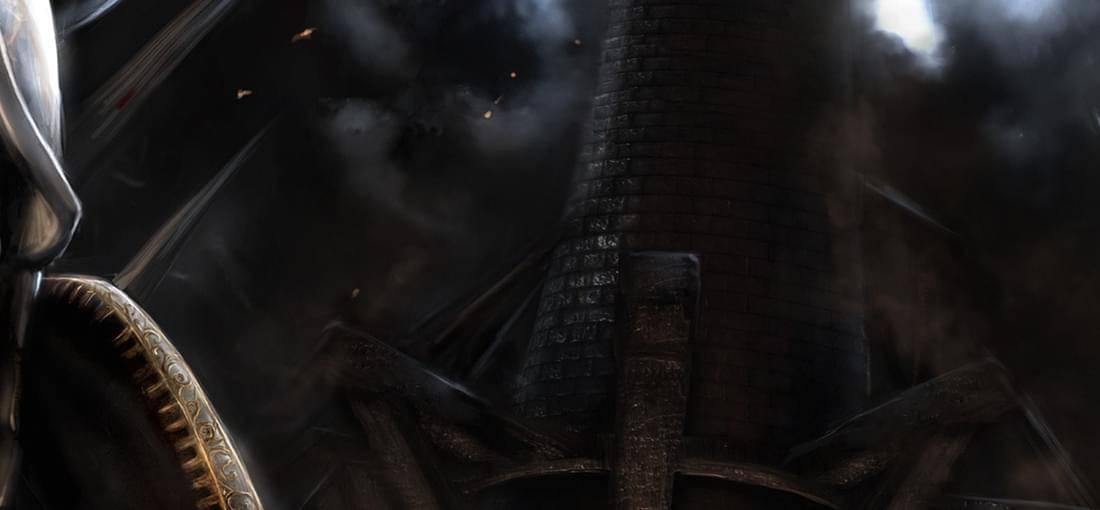
Nehrim rhimes with sfaccimm (google what it means in neapolitan dialect). The fact that this mod is a huge project and could have been a potentially great standalone game is what makes it infuriating. Because right now it's a buggy mess: CTDs every minute, you enter a new area? ctd, you equip an item? ctd. you read Nixon's biography in reverse while sitted on a cactus? ctd. OMG, i had the patience for 80+ hours but then I had enough for the post ending missions (like, i could have understand a bonus mission, but was it necessary to "dilute the broth"? (as we say in Italy to express a thing that's uselessly lenghtened). Don't get me wrong, this mod gets a lot of things right, but the amount of CTD, buggy quests that you can't complete without the use of console commands (or can't complete at all like the shoes one), plus the inability to fast travel (and no, there are no excuses, EVERY SINGLE ONE open world RPG has it for a simple reason, not to make players fall asleep wallking the same path back and forth several times (we have real life jobs for that you know...). I can't give this game more than 2/5 stars, would have been made in a decent game engine that isn't badly optimized, ctd ridden or a buggy mess, it would be a 8-9/10 game easily but right now i can only recommend it to patient Oblivion fans.
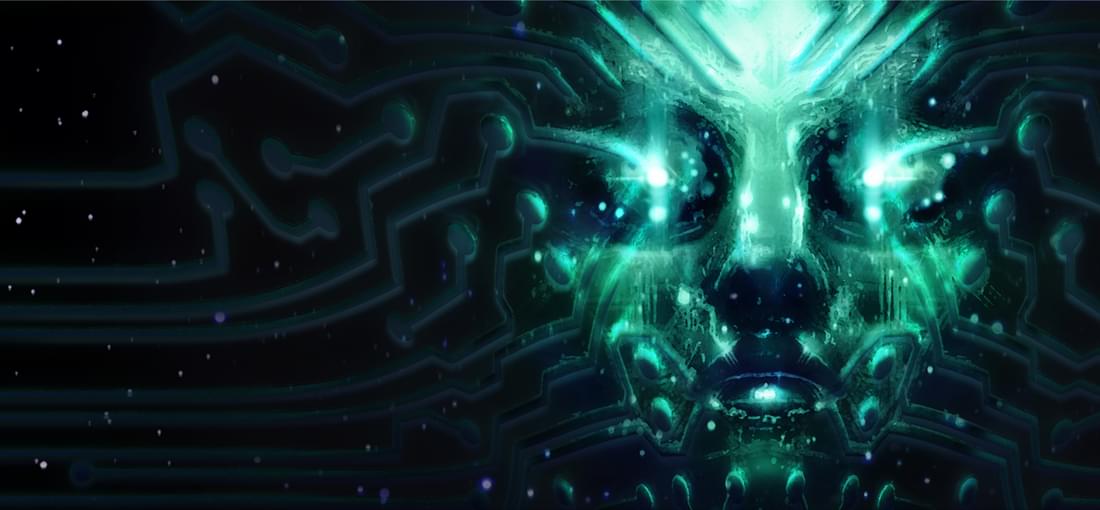
I don't know if this demo was released to make players feel sick, but what i know for sure is that the performance is unjustified for a minecraft like graphics on a GTX 1070 and an i5 cpu. I can't judge the gameplay of this game since I couldn't play for more than 5 minutes before my eyes asked mercy. This is definitely not a good start and not a good way to convince me to buy this game, I may give it another chance but for now I'm done.